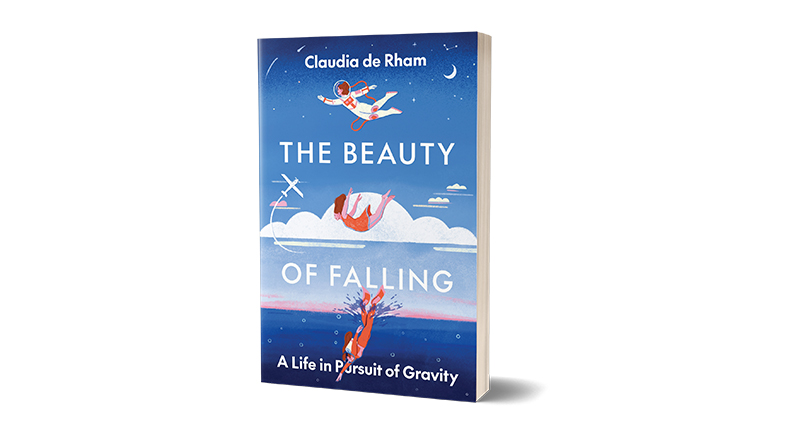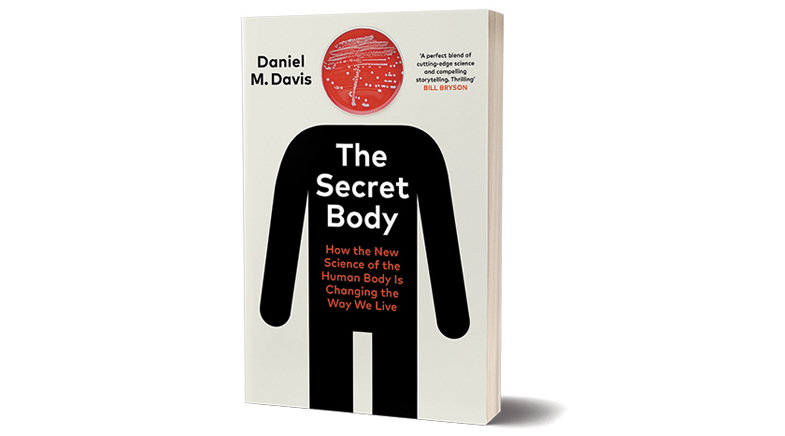Grounded by gravity
-
- from Shaastra :: vol 03 issue 07 :: Aug 2024

An 'accidental physicist' on a fundamental force of nature.
If Claudia de Rham, a theoretical physicist at Imperial College London and the propagator of the hypothesis of "massive gravity", had not been diagnosed with latent tuberculosis (TB), she would not have ended up in research. Her ambition was to become an astronaut; she is also a diver and a pilot (both essential qualifications for astronauts). She made it to the final stages of astronaut training for the European Space Agency before the diagnosis. Millions of healthy individuals have latent TB, but it is an automatic disqualification for astronauts.
In The Beauty of Falling, which weaves her life story together with an extended explanation of gravity for non-physicists, de Rham says she's always had a "playful relationship" with gravity. Yes, she also loved diving, and she loved being a pilot: those skills were not just a means to an end. She also loved astronaut training, which included learning how to handle potential emergencies.
When de Rham buckled down to do research, she found another way to focus on the weakest and least understood of fundamental forces – if at all gravity is a force. She is lyrical yet funny in her description of her lifelong quest to further her intimate relationship with gravity. She even anthropomorphises gravity by suggesting it has a sense of humour.
The author provides about as good an explanation of the gravitational force as you could hope for.
Quite apart from physics, diving and astronaut training, de Rham has had an interesting life. She hails from a French-speaking Swiss family, and grew up in Peru during a civil war when the state was fighting the Maoist Sendero Luminoso rebels. Then, she spent some years in Madagascar. She claims this is why she speaks all her languages – French, Spanish, and English – with odd accents despite native fluency.
On the scientific side, the book starts by assuming zero knowledge on the reader's part, and traces the historical understanding of gravity back to the beginnings of scientific exploration. It builds from there to a (non-mathematical) description of current understanding, including an explanation of the striking but unproven quantum hypothesis she works on.
Flipping between the abstract and the mundane in her expositions, de Rham reveals her delightful sense of humour. For example, she explains inertial mass in terms of the school bags and water bottles she carries as she ferries her children to school. She also theorises in graphic detail about what would likely happen to a human being near a black hole and suggests that it may not be a good idea to get close! She also describes the exhaustion and exhilaration of extended periods fiddling with equations and arguing with colleagues (her spouse is one of her collaborators).

Gravity certainly has waves – the LIGO experiments proved that, and that is consistent with General Relativity. But does gravity work through a particle – the so-called graviton? If so, can gravity be quantum-ised, and does the graviton have mass? Einstein did not think this was the case, and earlier explanations in string theory posited masslessness. But if massive gravity is true, it yields an alternative explanation for the expansion of the universe. As de Rham admits, even designing thought experiments about this is a challenging exercise, and the maths imply that putting together physical experiments would involve creating black holes.
But the explanations are very clear, showing the theoretical issues with the hypotheses (as well as the problems with other models), and also the sort of experiments that could prove or falsify the massive gravity hypothesis. As pop science goes, this book provides about as good an explanation as you could possibly hope for. The author's life journey, with its exotic twists and turns, is just as fascinating. The passion and curiosity that drive all theoretical scientists come through, along with the humour that seems to characterise de Rham.
This is the third outstanding book I've read by a woman scientist who interleaves her life story with an explanation of the science. The first of these was Hope Jahren's Lab Girl (2016). The second was Laura Mersini-Houghton's Before the Big Bang (2022). The three authors are very different individuals, with very different life stories, but they all narrate enthralling science stories.
Devangshu Datta is a consulting editor and columnist with a focus on STEM and finance.
Have a
story idea?
Tell us.
Do you have a recent research paper or an idea for a science/technology-themed article that you'd like to tell us about?
GET IN TOUCH














